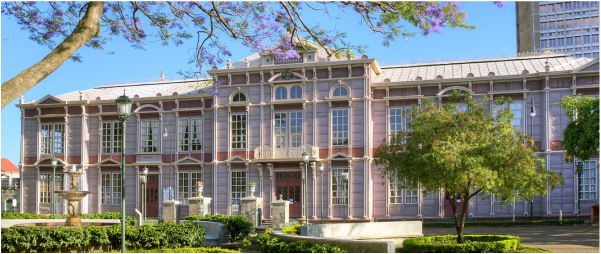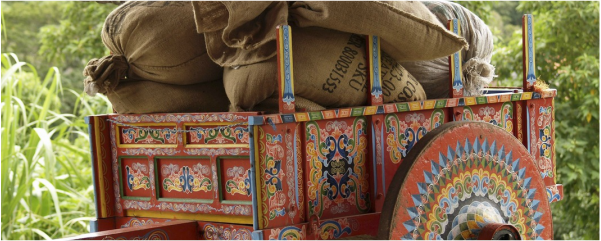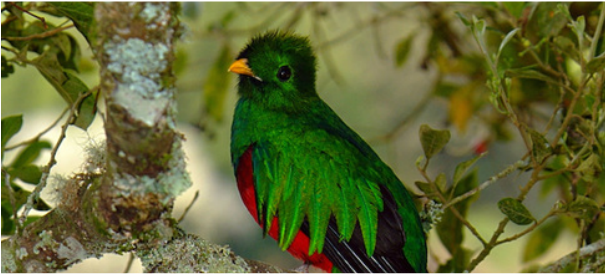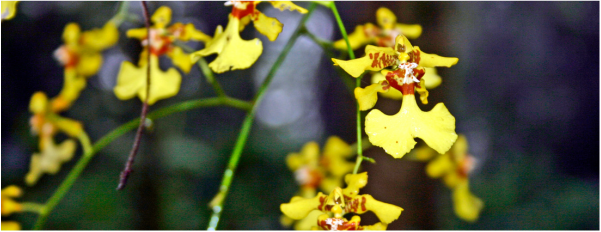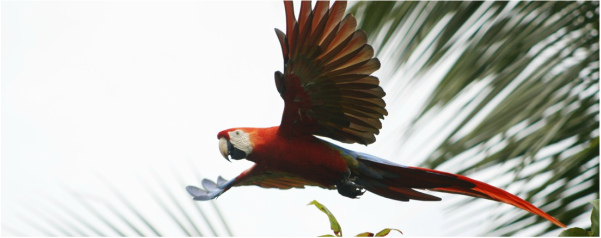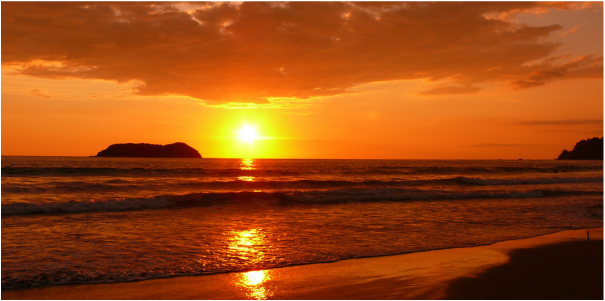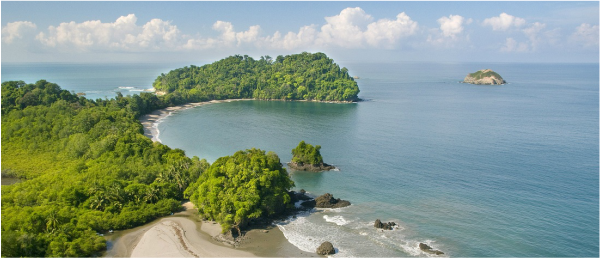Natural Wonders of Southern Costa Rica
Important notice: Our self-driven programs
may be combined according to your preferences.
Day 1: Arrival in San José
Arrival at Juan Santamaría International
Airport and private transfer to your hotel.
Lodging: Hotel Fleur de Lys or similar
Lodging: Hotel Fleur de Lys or similar
Day 2: San José Walking Tour - Orosi Valley - San Gerardo de Dota
San José is a lively cosmopolitan city. Most of the historical buildings are from the 19th Century and were built with donations from the coffee growers. Walk in downtown, to visit the Post Office Building, the Melico Salazar Popular Theatre, the Central Park and the small Cathedral. The National Theater; built in 1897, it is one of the most beautiful buildings in Costa Rica. The European Union Pedestrian Boulevard will take you downhill to La Soledad church (Our Lady of Loneliness). On 2nd Avenue admire the old Bellavista fortress, home to the National Museum. You should see the Parque Nacional and continue on the Avenida de los Damas to the Morazán Park and the Metallic Building. The nearby Barrio Amón, is a neighborhood displaying beautiful examples of old Costa Rican Late morning, delivery of the rented vehicle and departure passing by the city of Cartago and Paraíso on the way to the beautiful Orosi Valley. Visit to the reconstructed ruins of the colonial Church of Ujarrás and the majestic Cachí Dam and Lake. Later, at Lankester Gardens, enjoy the exhibition of more than 800 types of orchids, the largest collection in Central America. Return to Cartago on the way to the Talamanca Mountain Range, to arrive at San Gerardo de Dota.
Lodging: Trogón Lodge or similar.
Lodging: Trogón Lodge or similar.
Day 3: In Search of Quetzals in Dota - San Isidro - San Vito de Java
Very early morning hike in search of quetzals, trogons and other exotic birds in one of the richest biological zones in Costa Rica, home to more than 400 species of birds, including the most prominent Resplendent Quetzal, phoenix of the forest. The area is famous for the great number of quetzals that nest amid this cloud forest. Continue descending the Talamanca Mountain Range passing by the city of San Isidro to arrive at San Vito, founded by Italian immigrants. The hillside village close to the border with Panamá proudly bears traces of their legacy in linguistic, cultural and culinary echoes.
Lodging: Las Cruces Biological Station or similar.
Lodging: Las Cruces Biological Station or similar.
Day 4: Las Cruces Biological Station - Palmar - Finca Seis - Sierpe
Visit to Las Cruces Biological Station. Walking through
the natural trails of this 256ha forest reserve, admire many of the more than
330 bird species and 7.000 species of plants. The station is also home to the
Wilson Botanical Garden – the most famous botanical garden in Central America
with exotic tropical flowers, including bromeliads. After the visit, continue
to Palmar Sur, passing the city of Golfito on the way. Here, visit the new
Archeological Site Finca Seis to admire the famous indigenous stone spheres,
declared Cultural Heritage of Humanity. Continue to Sierpe.
Lodging: Veragua River House or similar.
Lodging: Veragua River House or similar.
Day 5: Sierpe River Mangroves - Corcovado National Park - Dominical
Boat tour on the Sierpe river, through the largest mangroves in Central America to arrive at the Pacific Ocean and on to San Pedrillo for a guided visit in the primary forest of the Corcovado National Park. With a total extension of 41.788ha (103.258 acres), the park comprises 8 main habitats. Admire the incredible flora and fauna, including more than 500 species of trees, 140 of mammals, such as jaguars and margay cats, many amphibians and reptiles, and 367 species of birds, including the largest population of scarlet macaws in the country. After the visit, return to Sierpe and continue through the Pacific Coastal Road to Dominical Beach.
Lodging: Villas Río Mar or similar
Lodging: Villas Río Mar or similar
Day 6: Ballena Marine National Park - Quepos - Manuel Antonio
Visit to the Ballena Marine National Park. Encompassing 110 terrestrial hectares (270 acres) and 5,400 marine hectares (13,300 acres), the Park contains the largest coral reef on the Pacific coast of Central America. The park’s waters are also great vantage points for the humpback whale as it migrates south (seasonally) from Alaska and Hawaii. Admire also many dolphins swimming in the area. After the visit, return via Dominical and Quepos to Manuel Antonio.
Lodging: Hotel Karahé or similar
Lodging: Hotel Karahé or similar
Day 7: Manuel Antonio National Park and Beaches - San José OR Extension
Visit the Manuel Antonio National Park and beaches (closed on Mondays). This is a perfect combination for nature lovers. Discover the rain forest in this unique Park and enjoy the beautiful beaches of Manuel Antonio. Observe innumerable tiny fish at low tide. There are many different habitats, 109 registered species of mammals and 184 bird species.
Afternoon departure to San José or extension on the beach.
Afternoon departure to San José or extension on the beach.

